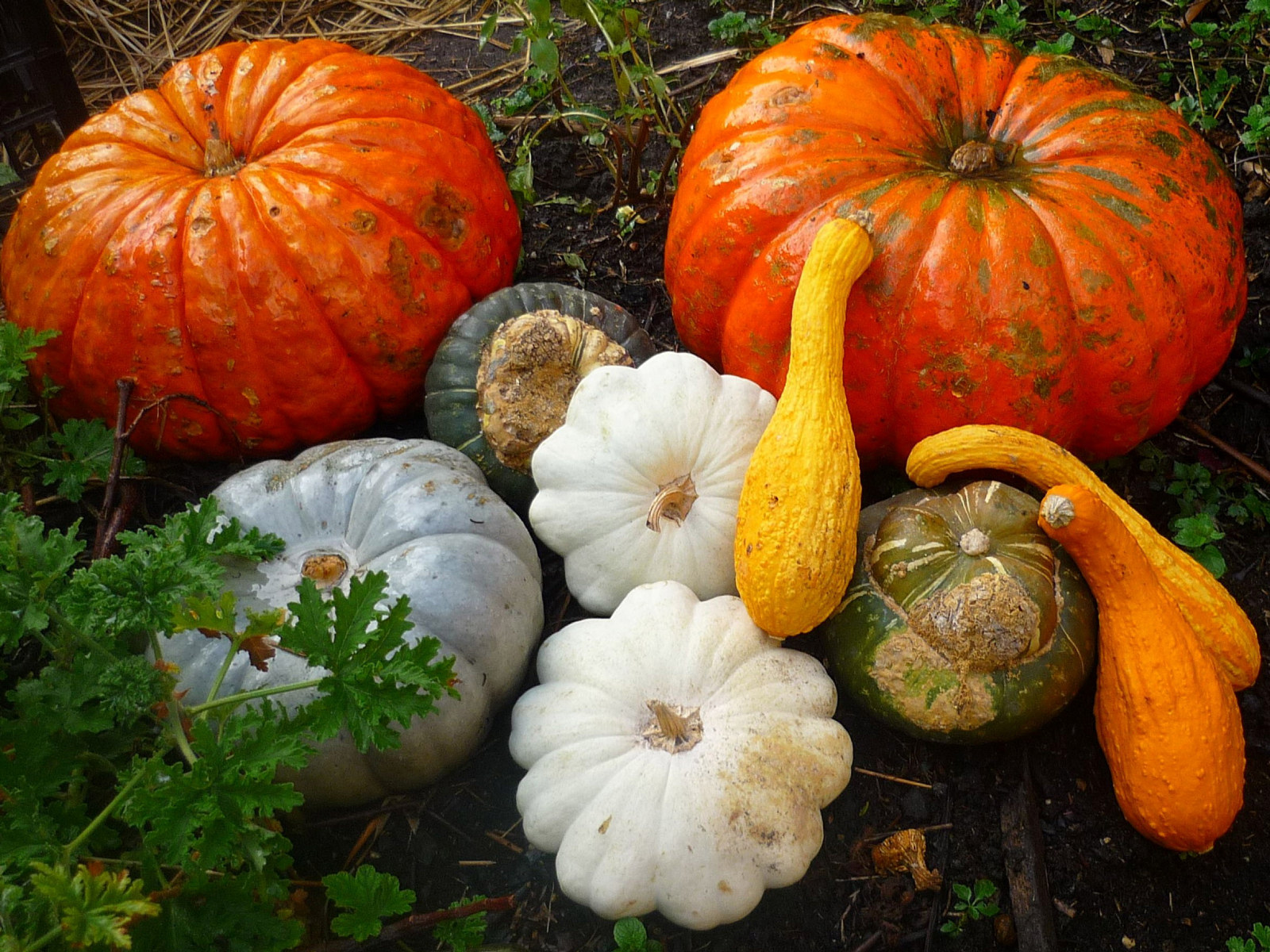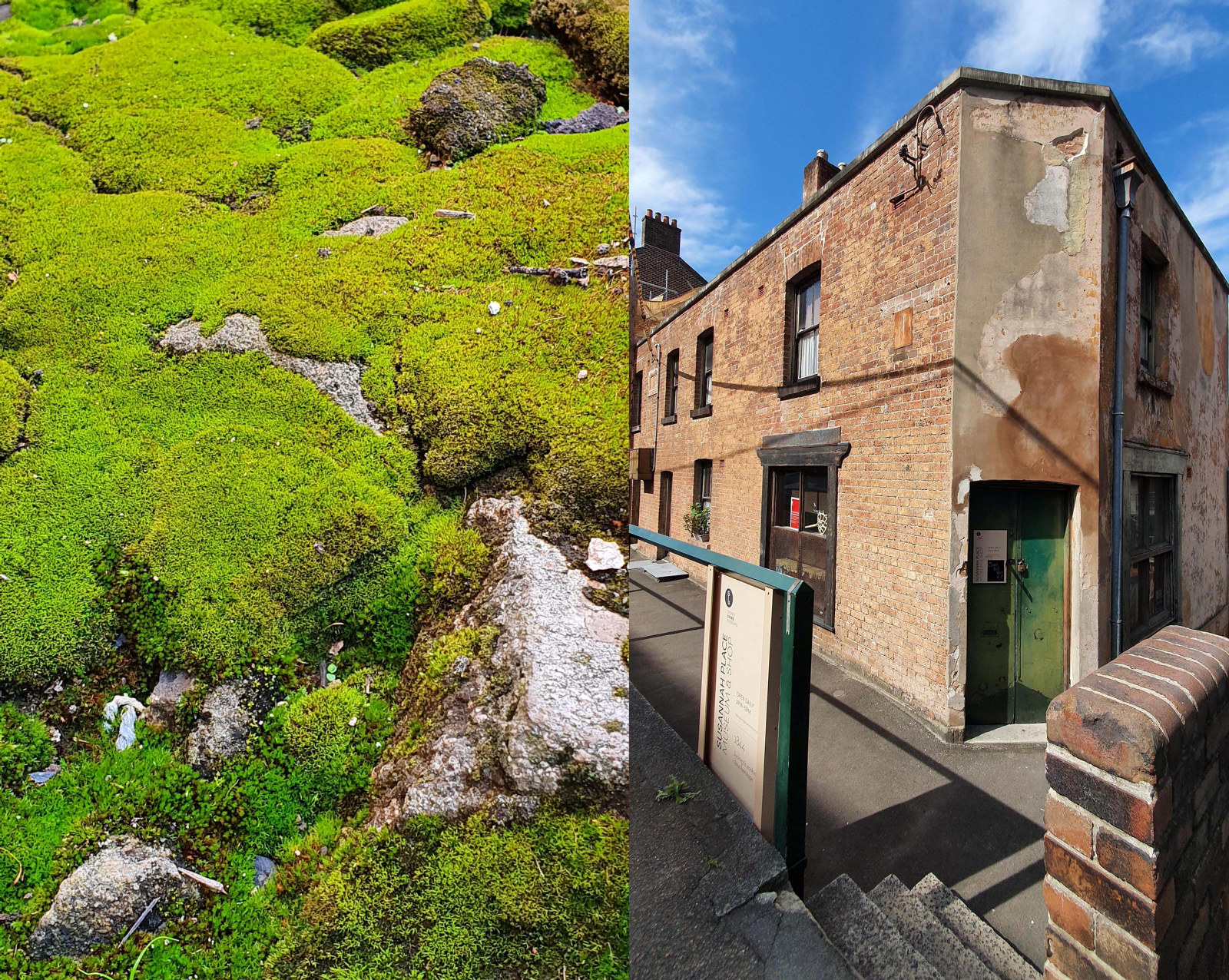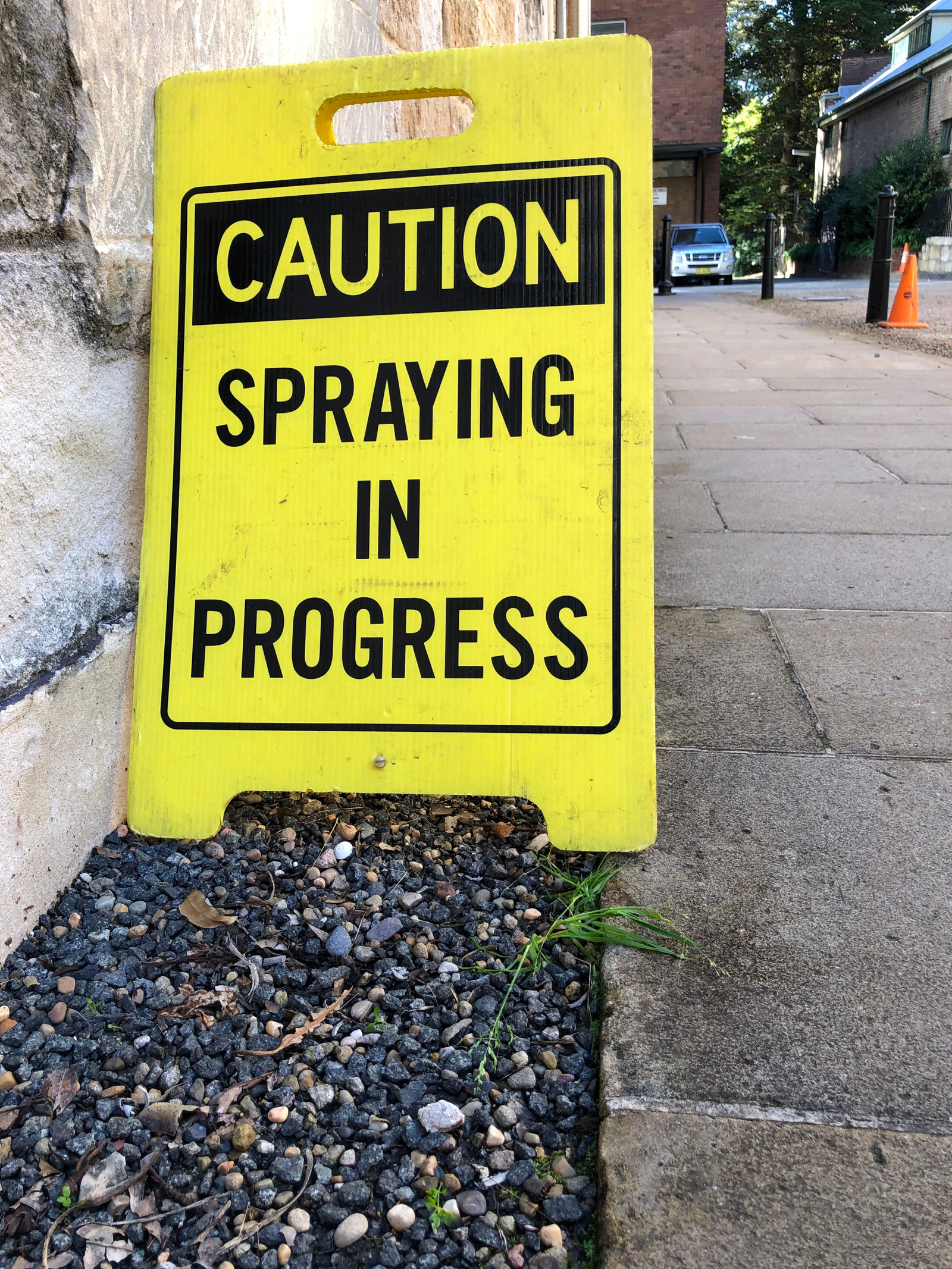Billbergia nutans 'Queen's tears'
As it's bursting into bloom right now in MHNSW gardens, we are revisiting a bromeliad with the evocative name of ‘Queen’s tears’. This showy plant can be seen in several large pots at Elizabeth Farm, and at Vaucluse House. It makes a very pretty addition to a plant-stand, where its elevated flowers can be admired more easily.
Billbergia nutans is a native of South America, and is one of several bromeliads found in 19th century gardens; Billbergia iridifolia, with similar flowers arranged down a hanging stem, was listed at Elizabeth Bay House’s famous gardens.1 Grown easily in pots, it can also be grown in drifts in free-draining soil. The species is named for the Swedish lawyer and botanist Gustav Billberg (1772-1844), and from the latin ‘nutans’ – meaning nodding, a reference to the hanging growth habit of the flowers.
The individual, narrow plants grow to about 30cm, with long thin leaves that form a small vase at the centre to hold water. From this emerges a long, bright lolly-pink bract, from which hang the pendulous flowers in jewel-like colours of green and blue with contrasting, buttery yellow stamens. Each plant will flower once, but quickly throws multiple ‘pups’.
It’s from this habit that the plant receives its other name – the ‘friendship plant’, because the pups can be easily detached and given away. The plant will quickly form a dense cluster that supports the new growth; old dead growth is easily cleared out.
‘Queen’s tears’ loves bright light, with dappled shade suiting it well - it can burn in direct sun! It appreciates humidity so give it a mist in dry weather, feed it with dilute orchid fertiliser twice a year and get ready to admire!
- Listed in Alexander Macleay’s notebook of “Plants received at Elizabeth Bay 1836-1843”.
Published on
Plant your history
Browse all
Plant your history
A harvest of melons and pumpkins
Learn how to care for your cucurbits with horticulturist Anita Rayner, read about the great watermelon heist of 1811 and discover some forgotten heirloom varieties

Plant your history
A mossy analogy for Susannah Place: small but mighty
Mosses are everywhere! They are small, mighty, unsung and inhabit the most unusual places. They can be found in all our museum outdoor spaces if one looks closely enough

Plant your history
A new weapon in the war on weeds
A black and yellow sign warns me there is “Spraying in Progress”, and I wonder for a moment why no one is wearing a mask, or even gloves. But the dangerous looking mist enveloping these men is not what it seems

Plant your history
Acanthus - an apt symbol for The Mint
Look at any classical building today, anywhere in the world and chances are you will find an acanthus leaf lurking somewhere
